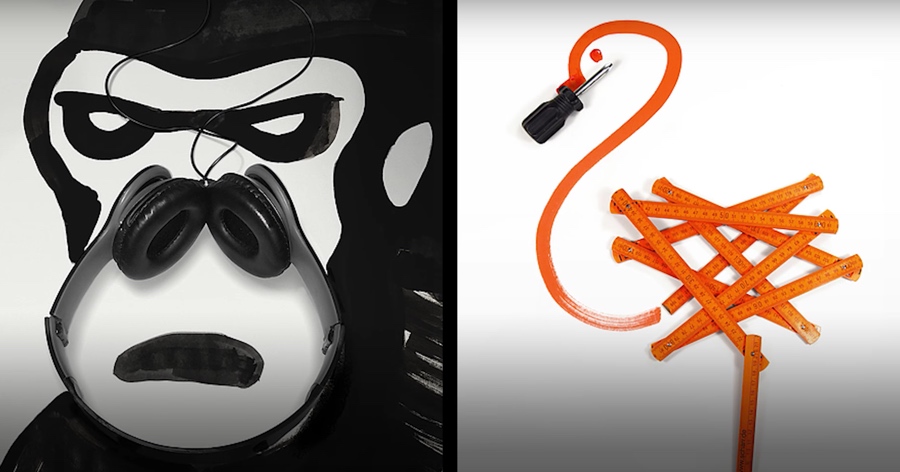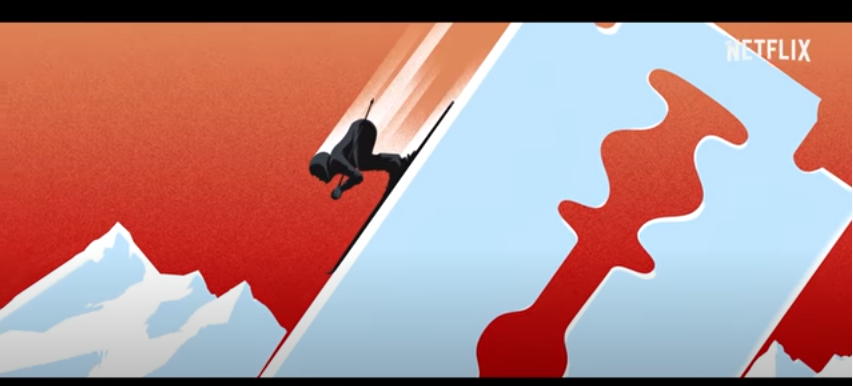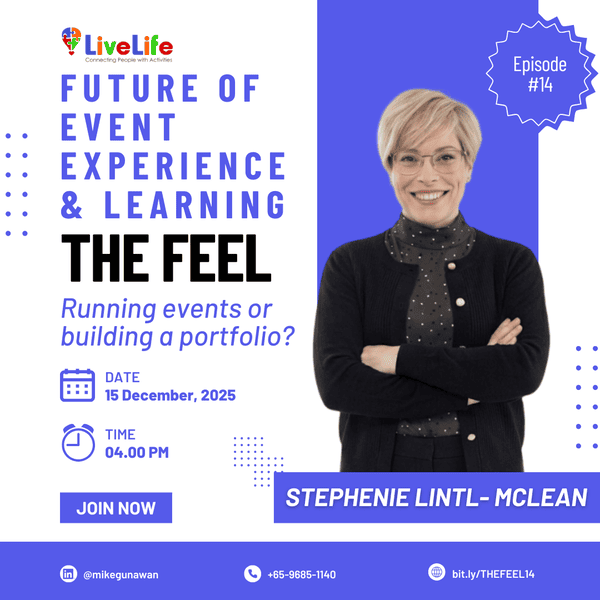The Art of Design: Illustration by Christoph Niemann
Author: Michael Arief Gunawan
Created: Monday, 15 Jun 2020
Updated: -

All of us have seen beautiful animation and illustration, whether in comic books, magazine covers, posters, and even artworks. They vividly convey a powerful narrative that triggers emotional reaction, sometimes we wonder =? smile =) laugh =D, or even stand in awe... *O*
Ever wonder how they are being drawn? What's the creative process behind it? How do the illustrators come up with these ingenious artworks? Are they always full of ideas and imagination waiting to be drawn alive on that blank piece of paper?
Let's delve into the world of Chrisoph Niemann, an illustrator whose works have appeared on the covers of prestigious magazines like The New Yorker, Atlantic Monthly and The New York Times Magazine. He has won numerous awards from The American Institute of Graphic Arts and was inducted in 2010 into the Art Directors Club of Hall of Fame.
I have written some of his insightful quotes, enjoy & feel free to share with your friends!
"I am such as control freak that I would always love to sit down and come up with a perfect formula to create art. But it doesn't work that way. It is a little bit of a painful realization, because ultimately it is to a large degree staring at the paper, and I have to trust for crazy moments to happen. I would say that probably abstraction for me is the most important concept of art. Where you say 'Oh I am just drawing a simple box because I love things that are not precious.
It's the idea of like, I start with a thousand different thoughts, then one-by-one I throw them all out, until the end I like one or two or three that are essential to the whole question. But the abstraction for me is this idea of getting rid of everything that is not essential to making a point." (from 3:20~)

"So let's say you want to illustrate the idea of a heart, as a symbol for love. When you illustrate it just like a red square, which is the ultimate abstraction of a heart, nobody knows what you're talking about. So it totally falls flat. When you go all realistic and draw an actual heart made out of flesh and blood and pumping, it's just so disgusting that the last thing anybody would ever think about is love. And somewhere between that abstract square and the real kind of butcher heart, is the graphic shape that kind of look like that. It's just right to transport this idea of a symbol for love." (from 7:14~)

"So I think Chuck Close (a famous painter) said that inspiration is for amateurs. Us professionals, we just go to work in the morning. The one thing I really love about the quote is that it relieves you from a lot of pressure. It's not about waiting for hours for this moment where inspiration strikes. It's just about showing up and getting started, and then something amazing happens or it doesn't happen. All that matters is, you enable the chance for something to happen. And for that, you just have to sit on your desk, and you just have to draw and do, and make decisions, and hope for the best." (from 17:00~)

"It's so scary when you have half an hour to do something. That of course, creating a process that allows you to do unembarassing on command, it's like the only way you can survive. If you create an armour of craft around you. But that one thing that's dangerous about focusing on craft and working very hard is that, it can keep you from asking the really relevant questions. I am trying to get good at something. But is that thing I am trying to get good at, the real thing?!" (from 17:50~)

"(In Berlin) there's all these kind of crazy galleries that do stuff that makes absolutely no sense whatsoever economically, and it's just a totally different mindset. Berlin makes it easy not to worry so much about the feasibility of an idea. So kind of like, most intense phase, in terms of my work, actually happened when I move to Berlin." (from 25:30~)

"The gateway drug is not creatin art, but experiencing art. Having the whole world explained, or even better, turned upside down, just by looking at a few strokes of oil paint on canvas. That's the greatest thrill I know. If experiencing art is so amazing, how great must it be to make this stuff?!" (from 28:25~)
"Everything I do, is kind of creating information, creating usually images that do something with what viewer already knows. Really, the idea of like, their experience and my experience coming together, and the images are the trigger. But the big, big problem with routine is everything starts to look the same. So I'm constantly trying to reinvent how I approach image making, how I approach storytelling, because the audience changes all the time, I change all the time.
When I was 12 I taught myself to juggle. At any given moment there is one ball in the air. And this is something that I hate so much, this idea of no control. But this approach of not planning, opens a new door. It's really really hard, but it just leads to these magic moments." (from 29:30~)

"I started an Instagram project called 'Sunday Sketches'. In terms of the response I've got, they've been some of the better stuff I've been doing, but on the other hand, they're the most useless things I've ever done. There is almost zero control there. For my professional work I need control, because I need to be able to tweak, to adjust, to plan. But these Sunday Sketches, they are unplanneable. All the good ones just happen by me staring at something. Like moving around the light and all of the sudden, there's a highlight or a shadow and then, 'Oh, now there's something happening. You can't sketch that. ' (from 31:30~)

"I take specific time off for this kind of free creation. Because I know it's basically impossible to do under deadline. Literally, just sitting in front of a piece of paper, and just doing stuff and being fearless. There's something there that I need to kind of, go back and investigate further. Creatively I am extremely dependant on these sparks. And it only works with loosening up, without an assignment, without deadline, with just kind of creating and not worrying so much about where the whole thing goes. But I think it has never happened to me that I tried something new on a big deadline." (from 36:48~)

"The idea of pop music is not to invent a new story, but to tell the story again in a new & interesting way. We don't buy new pop songs and say 'Oh there' someone singing about love, nobody else has dared to do that until now.' People have been singing about love for 500 years. And it's the idea of like, making it different, that you feel, 'Oh I've never actually until now, nobody has ever gotten it right." (from 42:50~)

"My goal is to speak visuals, like a pianist speaks piano. And like somebody controls the keys, and can convey different ideas, different emotions, through that language. I have to constantly battle to try to kind of refine the act of speaking. Taking the world and putting it into images and conveying them. And for that I have to constantly produce. It's not done, because the idea the whole idea of being done it's kind of the opposite of what I am trying to achieve. (from 45:00~)

At LiveLife, people who enjoy Creative Activity gather, learn, and collaborate for a great experience. Interested in sharing your artwork, experience, or even attending interesting events? Sign up here. Cya!
LiveLife - Connecting People with Activities

Write a comment